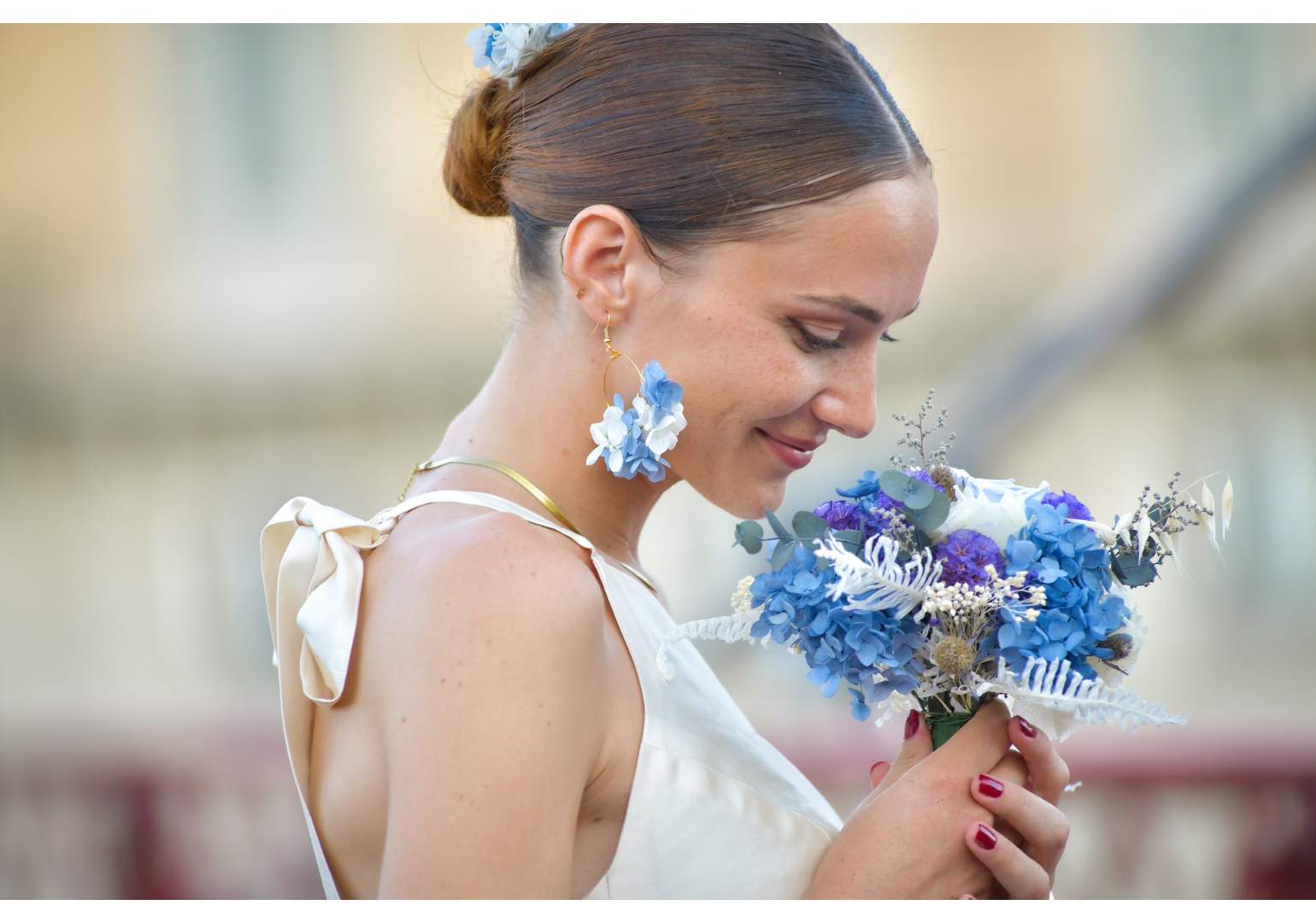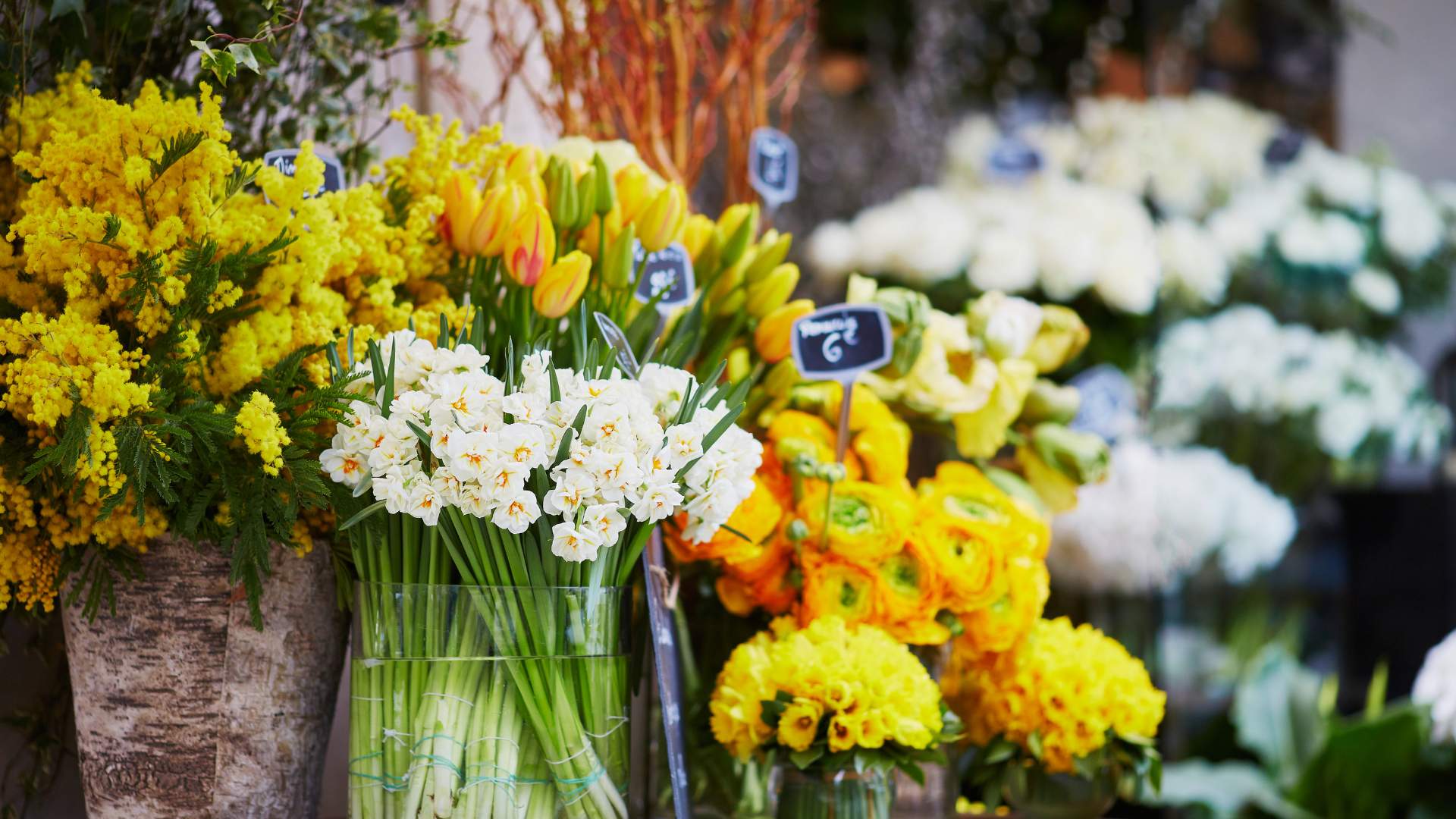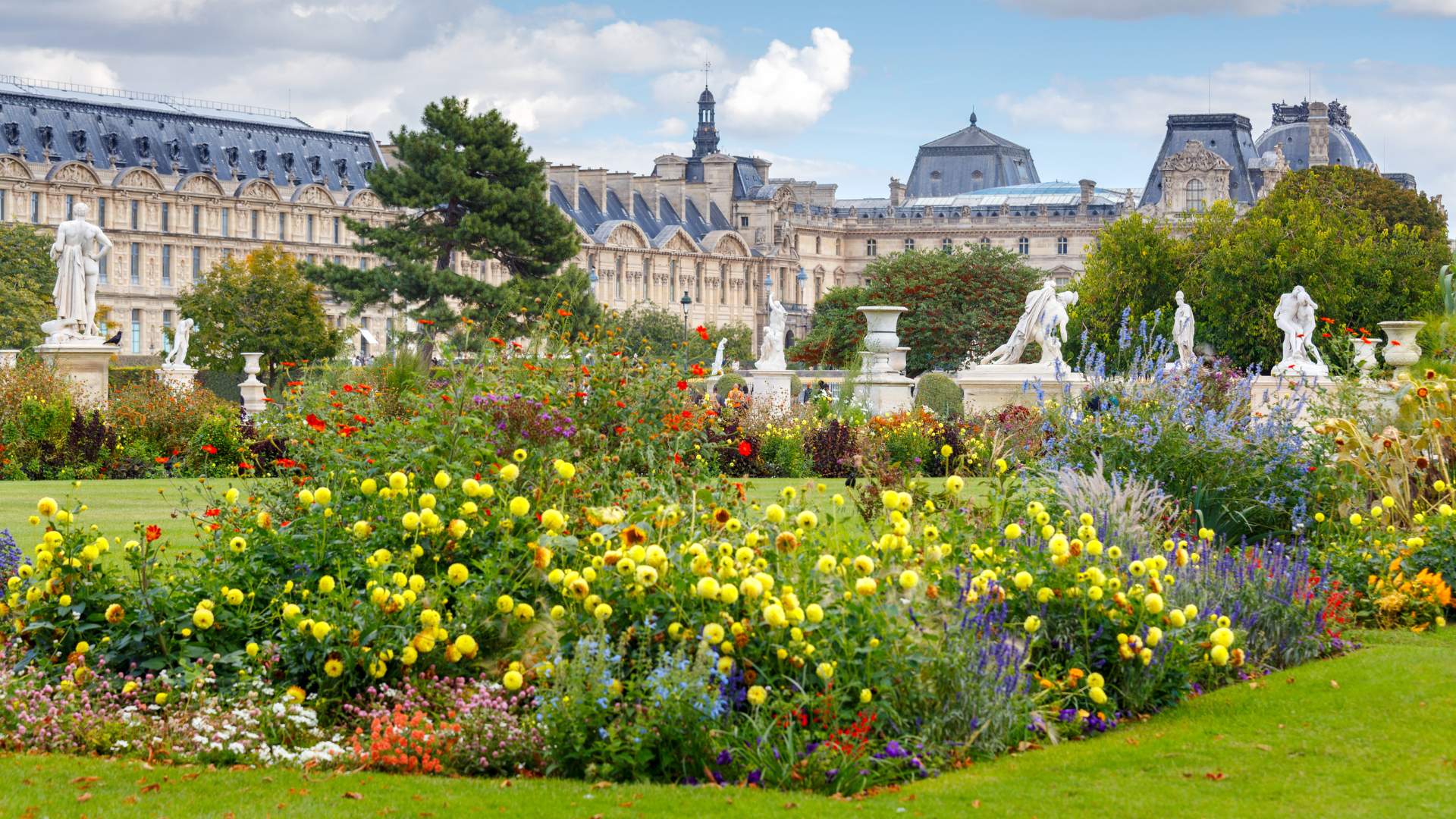An ancestral art beyond appearances
Ikebana, the centuries-old Japanese art of floral design, goes far beyond the simple creation of a bouquet. It is a true philosophy of life that invites deep introspection and an intimate connection with nature. Rooted in Buddhist culture, ikebana aims to create floral arrangements that reflect the ephemeral beauty of nature and invite contemplation.
The foundations of an ancestral discipline
Beyond aesthetics, ikebana is based on fundamental principles that guide the creation of each arrangement:
- Asymmetry: Unlike Western compositions, which are often symmetrical, ikebana favors asymmetry to create dynamic and natural movement, reflecting the fluidity of life.
- Void: Empty space is an essential element of the composition. It highlights each floral element and symbolizes emptiness, the source of all creation in Eastern philosophy.
- Simplicity: Ikebana seeks the very essence of nature, using a limited number of elements to create a clean and elegant composition.
- Harmony: Each element of the composition must be in harmony with the others, creating a balanced and aesthetic whole, reflecting the interconnectedness of all beings.
Schools: a diversity of styles
Over the centuries, many schools of ikebana have emerged, each bringing its own interpretation of this ancient art:
- Ikenobo: The oldest school, founded in the 16th century, favors verticality and symmetry, reflecting the cosmic order.
- Ohara: A more modern school that emphasizes curved lines and natural compositions, inspired by the beauty of landscapes.
- Sogetsu: The freest school, which encourages experimentation and innovation, allowing each artist to express their own vision.
The key elements of a composition
An ikebana composition is built around three main lines:
- Shin: The sky line, represented by a long, vertical rod, symbolizing upward aspiration.
- Soe: The line of man, represented by an inclined rod, symbolizing the balance between heaven and earth.
- Hikae: The earth line, represented by a short, horizontal rod, symbolizing stability and roots.
These three lines form an imaginary triangle which gives the composition its structure and balance.
Materials: an infinite palette
Ikebana uses a wide variety of materials, chosen for their natural beauty and symbolism:
- Flowers: Seasonal flowers are preferred, but branches, leaves, grasses and even fruits can be used.
- Vases: Vases are chosen for their simplicity and elegance, so as not to distract from the flowers.
- Accessories: Accessories such as stones, driftwood or bamboo can be added to add a personal touch to the composition.
Ikebana in interior design: a touch of serenity
Ikebana can transform any home into a haven of peace. Here are some tips for incorporating it into your decor:
- Choose a strategic location: A bright, quiet corner will enhance your composition.
- Play with colors: Flower colors can influence the atmosphere of a room.
- Adapt your arrangement to the seasons: Seasonal flowers will bring a touch of freshness and naturalness.
- Vary the styles of vases: A ceramic, glass or metal vase will give a different look to your arrangement.
Learning Ikebana: An Initiatory Journey
There are many ways to get started with ikebana:
- Courses: Many florists and associations offer courses for all levels.
- Books and videos: There are many books and videos that will help you discover the basics of ikebana and inspire you.
- Workshops: Workshops are a great opportunity to practice and share your passion with others.
The benefits of practice
The practice of ikebana offers many benefits:
- Stress reduction: Creating a floral arrangement promotes concentration and calms the mind.
- Developing creativity: Ikebana allows you to express your creativity and find new ways of seeing things.
- Connecting with Nature: By working with natural materials, we reconnect with nature and its cycles.
- Improved Concentration: Creating a composition requires precision and concentration.
In conclusion, ikebana is much more than just a floral art. It's a true philosophy of life that invites contemplation, meditation, and harmony with nature. By integrating ikebana into your daily life, you'll bring a touch of serenity and elegance to your home while offering yourself a moment of relaxation and creativity.
To go further, you can explore the connections between ikebana and other disciplines such as Zen, Taoism, or Shintoism. You can also learn about the history of ikebana and its evolution over the centuries.
Development: Deepening and new perspectives
Ikebana and Spirituality Ikebana is deeply connected to Japanese spirituality. Each element of a composition has a symbolic meaning, and creating an arrangement becomes a true meditation. The flowers, chosen for their beauty and fragility, represent the ephemeral nature of life.
Ikebana and the Seasons Ikebana arrangements evolve with the seasons. Each season brings its own flowers and atmosphere, and ikebanists draw inspiration from the surrounding nature to create arrangements that reflect the spirit of each season.
Ikebana and Architecture Ikebana has also influenced Japanese architecture. Japanese gardens, with their clean lines and empty spaces, are an expression of the same philosophy as ikebana.
Ikebana Today Ikebana has survived the centuries and continues to evolve. New schools and styles emerge, while remaining faithful to the fundamental principles of this art. Today, ikebana is practiced worldwide and is attracting growing interest.
Learning ikebana: an enriching experience Learning ikebana is much more than acquiring a technique. It's an initiatory journey that allows you to develop your artistic sensitivity, patience, and the ability to find harmony in simplicity.
Ikebana and well-being The practice of ikebana has many benefits for well-being:
- Stress reduction : Creating a floral arrangement promotes concentration and calms the mind.
- Developing creativity : Ikebana allows you to express your creativity and find new ways of seeing things.
- Improved fine motor skills : Handling flowers and tools requires precision and coordination.
- Building Patience : Creating a composition takes time and patience.
In conclusion, ikebana is much more than just a flower arrangement. It is a path to serenity, creativity, and harmony with oneself and the world around us. By practicing ikebana, we learn to appreciate the beauty of each moment and find meaning in simplicity.








